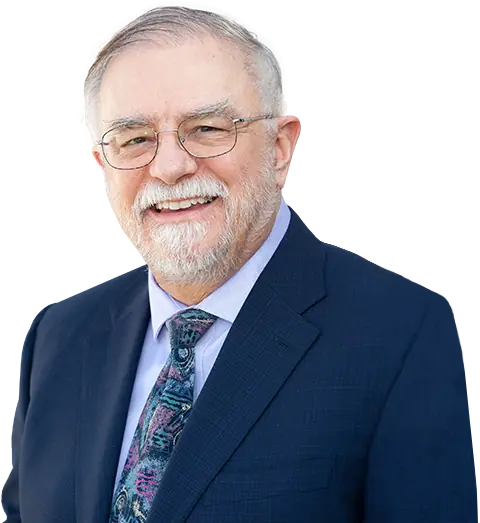What Is Meant By Reorganization In Chapter 13 Bankruptcy?
1. The Chapter 13 Plan
In any bankruptcy, the big picture goal is to deal with debt. In chapter 7, we erase those debts in one fell swoop, although not all debts are dischargeable. In chapters 13 and 11, we propound a plan of reorganization that is designed to spread the paying of all or some portion of the debt over time. Once the Judge confirms the plan, its terms are binding on everyone.
According to the Bankruptcy Code, the Chapter 13 plan lasts either three or five years. If the debtor’s income is below the state’s median income for families of the debtor’s family size, then the repayment period is three years. Otherwise, it must be five years.
In a Chapter 13, the debtor makes one monthly payment to the Chapter 13 Trustee appointed by the Court to the case. The Trustee takes the payment and disburses the money to the unsecured creditors according to the terms of the Judge-confirmed plan.
As for secured debts — i.e., debts that are secured by a tangible asset that can be repossessed in the event of a default — we do not have conduit payments in the Central District of California. Instead, the debtor continues to make those payments as they come due postpetition directly to the creditors. However, if there’s a prepetition arrearage on a secured debt — for example, a mortgage arrearage — the debtor will cure the arrearage through the plan. Part of the monthly plan payment will include funds to be used for the cure.
One of the benefits of Chapter 13 is that interest does not accrue on unsecured debts. As a result, even a 100% plan is much more manageable than dealing with the debt outside bankruptcy.
2. Creditors’ Proofs Of Claim
When a debtor files a Chapter 13 petition, the debtor includes a Chapter 13 plan. If the debtor has bankruptcy counsel, then the debtor’s attorney prepares and files the documents. When I am debtor’s counsel, I immediately send copies of the proposed plan to all of the creditors, per the local bankruptcy rules. If a creditor wishes to be paid, it must file a proof of claim, stating the amount it is owed and the nature of the debt. If a creditor does not file a proof of claim, it does not get paid, and the debt will be discharged after plan completion.
Sometimes, a creditor will file an illegitimate claim. Examples include: (a) a claim that is time-barred by the appropriate statute of limitations, (b) the creditor has dramatically inflated the amount owed, and (c) the creditor has filed multiple duplicative claims. When that happens, it is imperative to object to the claim. Otherwise, the claim is deemed allowed, and will be paid through the plan. This is particularly important when the creditor has filed duplicative claims because failure to object will mean that the creditor will get multiple recoveries on the debt. If the Court sustains the objection, it is as if the claim never existed. After the debtor completes the plan and files the necessary application for discharge, the Court will grant the debtor a Chapter 13 discharge, which will discharge any liability on that illegitimate claim.
The Chapter 13 Discharge
Most chapter 13 plans pay creditors less than 100% of what they are owed. When the debtor gets a discharge, the unpaid portion is discharged. Moreover, as long as the debtor completes the plan, any interest that would have been accruing on unsecured debt over those five years is also discharged. In sum, the debts that weren’t paid in full but were provided for in the plan are discharged. However, there are some exceptions that I discuss in the next section.
4. The Benefits Of A Chapter 13 Reorganization
Ultimately, reorganization in Chapter 13 makes the repayment of debt manageable because:
(a) interest stops accruing on unsecured debt,
(b) the payments are determined based on what the debtor has after covering reasonable living expenses — as long as the plan satisfies the Chapter 7 liquidation requirement of paying the unsecured creditors at the very least the value of the nonexempt assets — and
(c) there is a clear end in sight, since the plan cannot last more than five years.
For more information on Chapter 13 Bankruptcy In California, an initial consultation is your best next step. Get the information and legal answers you are seeking by calling (562) 777-9159 today.

Call For Your Free 20 Minute Phone Strategy
Session: (562) 777-9159
No pressure. We’re friendly and easy to talk to.



